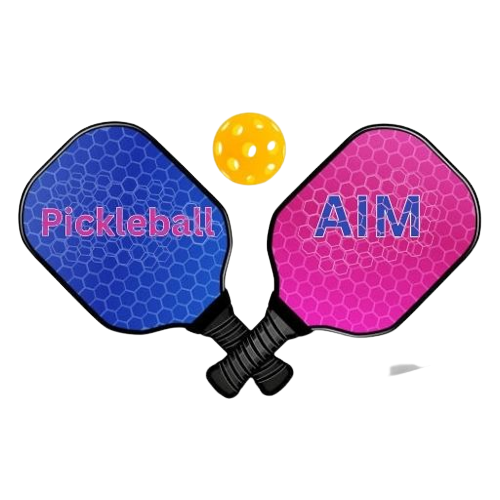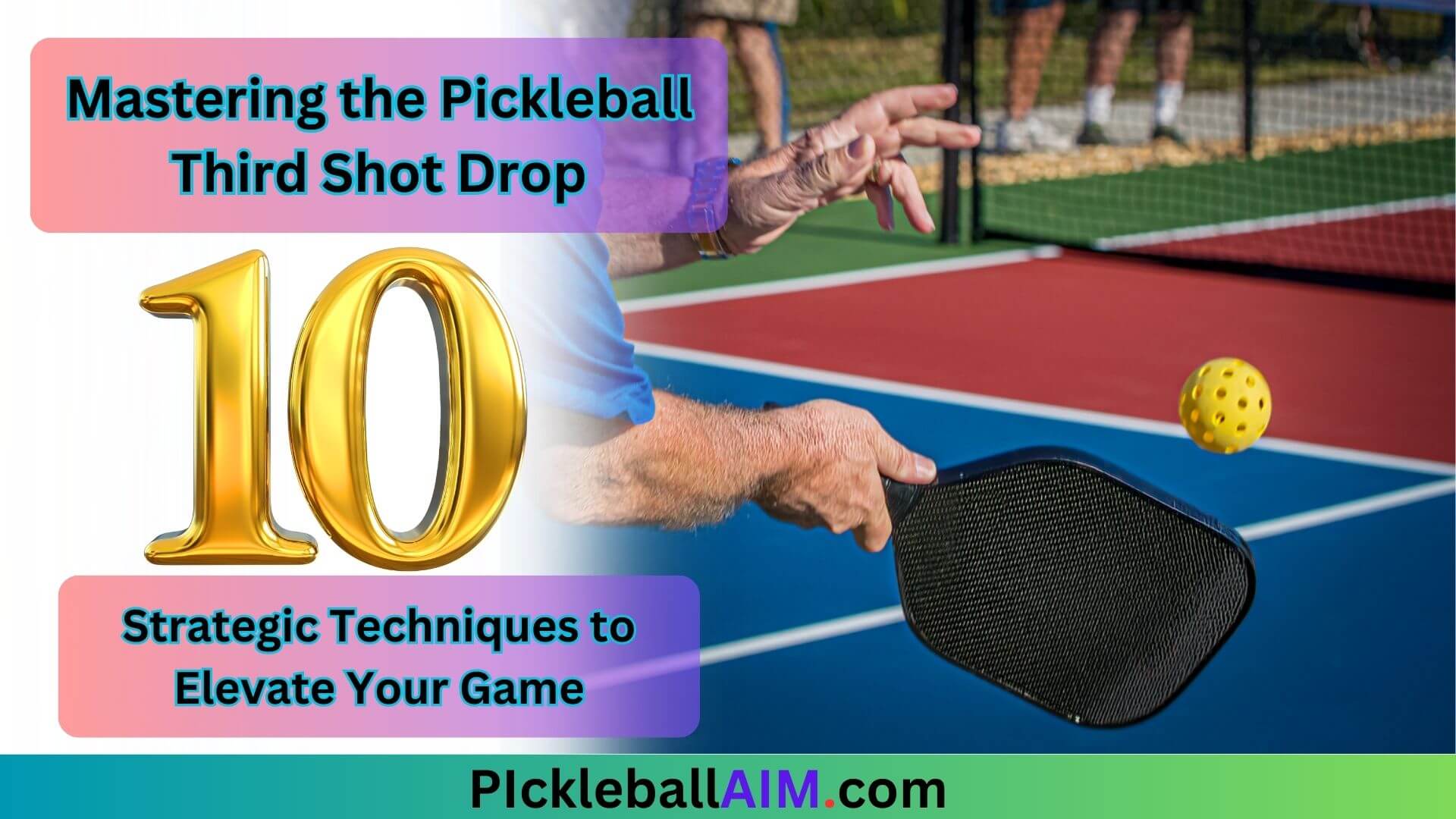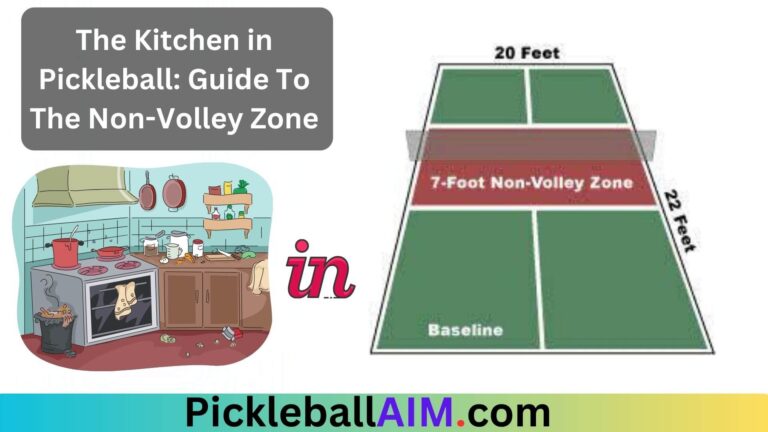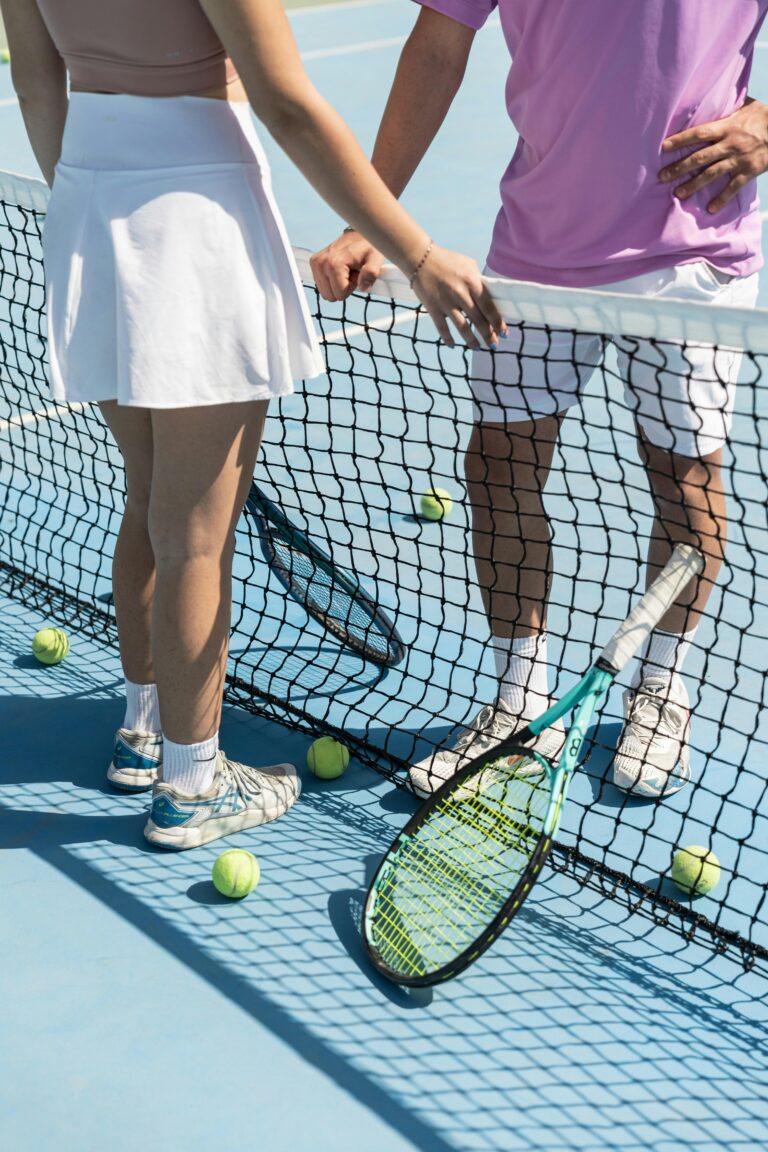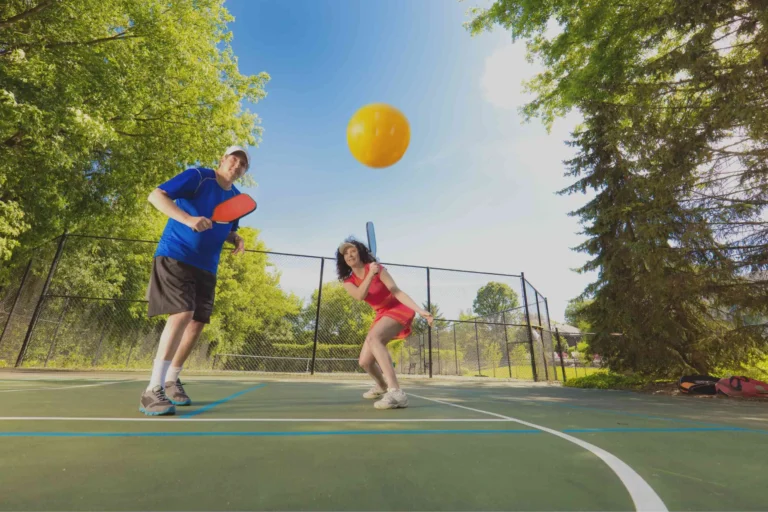Mastering the Pickleball Third Shot Drop: 10 Strategic Techniques to Elevate Your Game
Introduction
Pickleball, a fun and fast-paced sport, has gained immense popularity in recent years. As players seek to improve their skills, the third shot drop has emerged as a critical tactic to dominate the game. The third shot drop is a finesse shot that allows players to control the pace, regain control of the net, and gain a tactical advantage over opponents. In this article, we will explore ten powerful strategies to master the pickleball third shot drop, taking your game to the next level.
1. Understanding the Third Shot Drop:
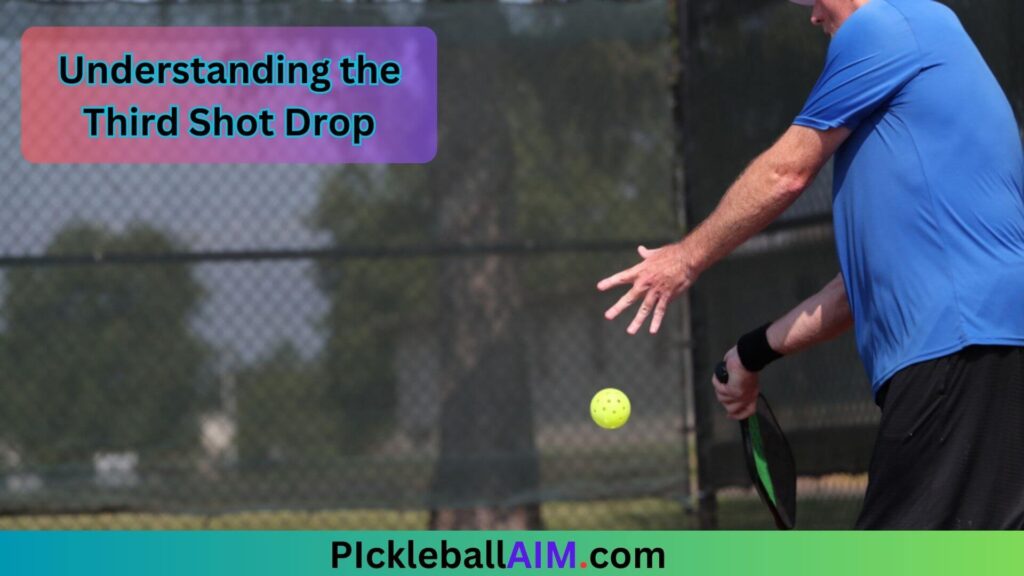
Before delving into strategies, it’s essential to comprehend the purpose of the third shot drop. This shot is executed by the serving team’s partner after their opponents have returned the serve. The goal is to hit a soft, arching shot that lands close to the net, forcing the opposing team to hit up, creating an opportunity for the serving team to advance to the net and take control of the point.
The Tactical Advantage:
The third shot drop is not merely a defensive stroke; it provides a strategic advantage to the serving team. By forcing opponents to hit up, the serving team can control the pace of the game, giving them time to move to the net and dictate the flow of the rally.
Avoiding Unforced Errors:
Executing a successful third shot drop can help prevent unforced errors, which often occur when players try to hit overly aggressive shots right after the return of serve. The drop shot allows for a controlled and calculated response.
Creating Opportunities for Offense:
With the third shot drop, players can transition from a defensive position to an offensive one. By gaining control of the net, the serving team can put pressure on their opponents, increasing the chances of winning the point.
2. Perfecting the Paddle Angle:
One of the key elements of a successful third shot drop is getting the paddle angle right. Players must focus on creating a sharp angle at the point of contact to generate the necessary height and trajectory for the ball to land softly near the net.
The Low-to-High Swing:
To achieve the ideal paddle angle, players should use a low-to-high swing path. This motion imparts backspin on the ball, causing it to drop more effectively upon landing.
Avoiding Overhitting:
Maintaining the correct paddle angle prevents overhitting, ensuring that the ball doesn’t sail past the intended target, giving opponents an advantage to counterattack.
Adapting to Different Shots:
Different situations may require adjustments to the paddle angle. Practice hitting third shot drops with varying angles to handle different ball trajectories from opponents effectively.
3. Mastering Timing and Footwork:
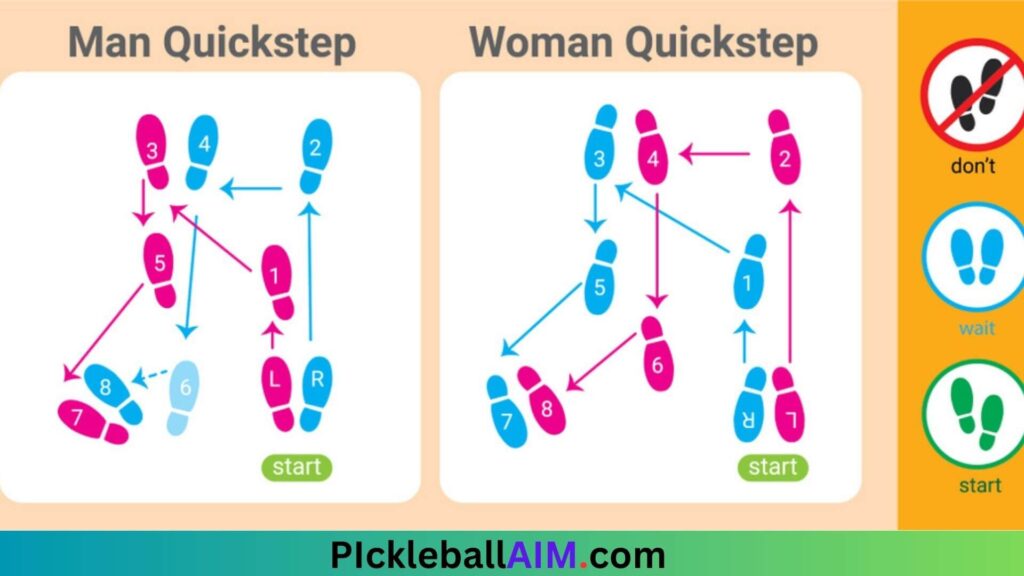
Timing and footwork play a crucial role in executing the third shot drop effectively. Players must anticipate the incoming ball, position themselves appropriately, and use proper footwork to get into the ideal striking position.
Early Preparation:
Anticipating the ball’s trajectory and making early preparations allow players to be in position and execute the third shot drop smoothly.
Split-Step Technique:
Utilizing a split-step just before the opponent makes contact with the ball helps maintain balance and quicken reaction times, setting the stage for a well-timed shot.
Getting to the “Kitchen”:
As the third shot drop is often executed near the kitchen (non-volley zone), good footwork and quick movements are essential to reach the optimal position for executing the shot.
Consistency in Footwork:
Developing consistent footwork habits ensures that players are ready to handle various shot selections from opponents and maintain control over the point.
Recovery After the Shot:
After hitting the third shot drop, it’s crucial to recover quickly and be prepared for any potential counterattacks from the opposing team.
4. Emphasizing Soft Hands and Touch:
A delicate touch is vital for a successful third shot drop. Avoid excessive force, and instead, rely on soft hands to impart just enough power to lift the ball over the net and into the desired location on the opponent’s side.
Developing Touch through Practice:
Regular practice focusing on touch and finesse shots can significantly improve your ability to execute a soft and precise third shot drop. Work on controlling the force applied to the ball during different drills and game simulations.
Relaxing the Grip:
Maintain a relaxed grip on the paddle to enhance touch. A tight grip can result in unwanted tension, leading to inconsistent shots.
Using the Whole Arm:
Engage the entire arm in the shot, from the shoulder to the fingertips. This smooth movement allows for better control and finesse.
Feel the Ball:
Develop a sense of the ball’s weight and momentum to gauge how much power to apply. Letting the ball “rest” on the paddle for a split second can also aid in achieving a softer shot.
5. Utilizing Spin and Slice:
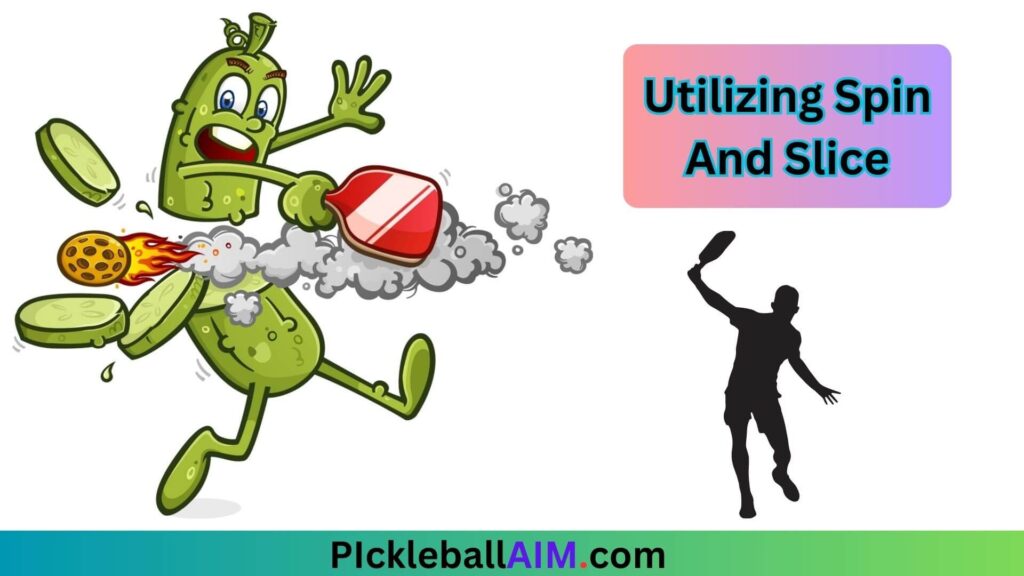
Adding spin and slice to the third shot drop can make it even more challenging for opponents to handle. Backspin will slow down the ball’s pace, making it drop more abruptly, while sidespin can cause the ball to bounce unpredictably upon landing.
Backspin for Control:
Incorporate backspin into the third shot drop to improve control and accuracy. The ball will have less forward momentum, giving you more time to move forward.
Sidespin for Disguise:
Use sidespin to disguise your shot and make it harder for opponents to predict the ball’s trajectory. This can lead to more defensive mistakes on their part.
Experimenting with Spin:
Practice hitting third shot drops with different spin variations to get a feel for how the ball behaves after it bounces.
6. Reading the Opponents:
Being able to read your opponents’ positioning and movements is essential for capitalizing on the third shot drop. Observing their court positioning and preferences can help you strategically place the ball where they are least comfortable.
Study Opponents during Warm-Up:
Pay attention to your opponents’ shots and movements during the warm-up phase to gather valuable information about their strengths and weaknesses.
Identify Patterns:
Look for patterns in your opponents’ play, such as their tendencies to favor forehand or backhand shots, their response to certain types of shots, and their positioning on the court.
Exploiting Weaknesses:
Once you’ve identified weaknesses in your opponents’ game, use the third shot drop to target those areas and force them into uncomfortable positions.
7. Incorporating Variation:
To keep opponents guessing, incorporate variation into your third shot drop. Vary the placement, speed, and spin to make it harder for the opposing team to anticipate and respond effectively.
Placement Variety:
Aim for different areas of the court with your third shot drop, such as down the line, crosscourt, or at the opponent’s feet, to keep them on their toes.
Changing Up the Speed:
Mix up the pace of your shots, alternating between faster and slower third shot drops, to disrupt your opponents’ rhythm and timing.
Randomizing Spin:
Employ various spin techniques, including backspin, topspin, and sidespin, without telegraphing your intentions, making it difficult for opponents to predict your shot’s trajectory.
8. Communicating with Your Partner:

Effective communication between partners is the cornerstone of a successful pickleball team. Coordinate with your partner to execute the third shot drop seamlessly and exploit any weaknesses in the opponents’ defense.
Non-Verbal Signals:
Develop non-verbal cues with your partner to indicate when you plan to execute a third shot drop, ensuring a quick and efficient response.
Covering the Court Together:
Coordinate your movements with your partner after the third shot drop to maintain court coverage and defend against any counterattacks.
Providing Feedback:
Offer constructive feedback to each other after the point to continuously improve your third shot drop’s effectiveness as a team.
9. Practicing Under Pressure:
The ability to perform the third shot drop consistently under pressure is vital in competitive play. Engage in drills and practice matches that simulate game scenarios to build confidence in executing this shot when it matters most.
Simulating Game Situations:
Incorporate pressure situations into your practice routine. Set up practice matches with teammates or opponents, focusing on executing the third shot drop in real-game scenarios.
Practice Matches:
Participate in local tournaments or competitive leagues to gain experience in executing the third shot drop under competitive pressure. Embrace the opportunity to refine your skills and handle nerves.
Visualization Techniques:
Use visualization techniques to mentally rehearse successful third shot drops. Imagine yourself executing the shot flawlessly in high-pressure situations, boosting your confidence and mental preparedness.
Mindfulness Training:
Incorporate mindfulness training into your practice routine to stay focused and calm under pressure. A composed mind enhances your ability to execute the third shot drop accurately.
10. Anticipating the Counterattack:
After executing the third shot drop, be prepared for the counterattack. Anticipate the possible responses from your opponents and be ready to adjust your positioning and strategy accordingly.
Stay Alert at the Net:
After hitting the third shot drop, maintain an alert and ready position at the net. Be prepared for a quick reaction to any counterattacks from the opposing team.
Observing Opponent Reactions:
Pay close attention to how your opponents respond to your third shot drop. This information can guide your future shot selection and strategies.
Teamwork in Defense:
Work closely with your partner to cover the court effectively after the third shot drop. Communicate and move together to neutralize the opponents’ counterattacks.
Adjusting Shot Selection:
Based on your observations of your opponents’ responses, be prepared to adjust your shot selection. If the counterattack is aggressive, consider using a defensive lob or a dinking strategy to regain control.
Conclusion:
The pickleball third shot drop is a skill that demands finesse, strategy, and adaptability. By understanding its purpose, perfecting the paddle angle, and mastering timing and footwork, players can elevate their game. Emphasizing soft hands, utilizing spin, and reading opponents enhances the effectiveness of the shot. By incorporating variation, communicating effectively with your partner, practicing under pressure, and anticipating counterattacks, you’ll gain a formidable edge on the pickleball court. With dedication and practice, mastering the third shot drop will undoubtedly lead to improved performance and greater success in this exciting and fast-paced sport.
